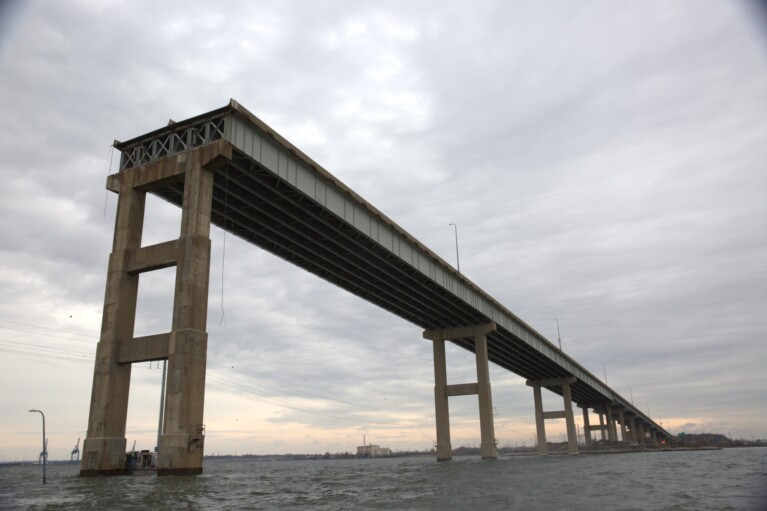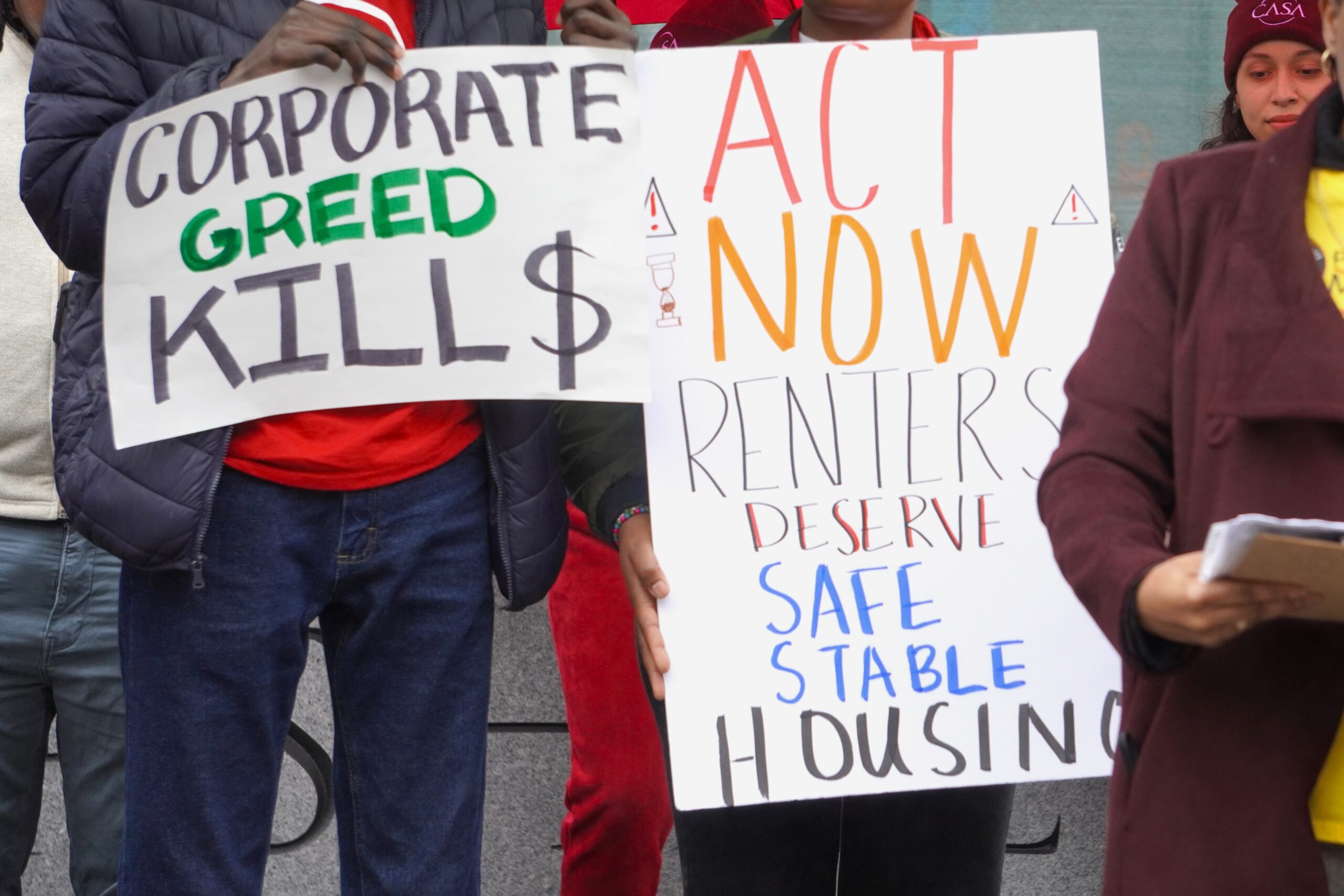Citing Surplus, a Divided Panel Recommends the State Borrow Less Next Year
A panel of some of the state’s top fiscal officers voted Monday to reduce the state’s borrowing level next year by $200 million, with a majority pointing to the state’s multi-billion-dollar surplus as an alternate source of funding.
By a vote of 4-1, the Maryland Capital Debt Affordability Committee set the state’s 2023 fiscal year bond authorization limit at $900 million.
Since he was elected, Gov. Lawrence J. Hogan Jr. (R) has limited capital debt to just over $1 billion each year.
If Hogan’s allocations had kept with the state’s historical annual borrowing growth, the fiscal year 2023 limit would be up to $1.47 billion, according to a fiscal analysis presented to the committee.
The panel briefly entertained a proposal to dramatically increase the state’s borrowing limit to take advantage of historically low interest rates. According to a financial analysis, the state could have borrowed $2.5 billion in each of the next two fiscal years – cutting back later – and still remained below traditional borrowing limits compared to the state’s revenue and tax base at the end of the decade.
“Almost any number that you come up with … is going to be affordable,” because of favorable borrowing conditions, said Christian Lund, director of debt management in the treasurer’s office.
But Hogan’s budget secretary, David R. Brinkley, made the motion to decrease the borrowing limit by about $200 million from the amount authorized this fiscal year. He said the budget surplus or state operating funds could be used to pursue some construction projects, rather than financing.
“Even with interest rates as low as they are, cash is certainly cheaper than borrowing something,” Brinkley said.
Comptroller Peter V.R. Franchot (D), a gubernatorial candidate, supported the motion.
“From an economic standpoint, I think we need to recognize that we’re not exactly clear as to what the future holds,” Franchot said, urging caution in taking on new debt.
The board’s public member, banker Paul Merritt, and a representative from the Maryland Department of Transportation also supported Brinkley’s motion.
Treasurer Nancy K. Kopp (D), chair of the panel, cast the lone dissenting vote.
The role of the committee, Kopp said, was to determine a responsible level of debt the state can afford, not set policy. In recent years, there’s been an increasing gap between what is “affordable,” according to the state’s guidelines and what the committee recommends.
“At some point the guidelines become irrelevant if no one pays attention to them,” Kopp said.
She supported a higher recommended borrowing limit.
“After my work on climate change and the impact on the infrastructure, looking at educational needs across the state, looking at the rest of our infrastructure … we have main line pipes that are bursting in state buildings and under our roads right now,” Kopp said. “…We have very serious ongoing needs and they are not being met.”
Del. Ben Barnes (D-Prince George’s), who is a non-voting member of the panel, also urged a higher limit. Before the vote, he characterized the proposed cutback as a “Draconian cut” that “is really going to tie the hands of the legislature.”
The committee’s recommendation is not binding, but state law requires the governor to consider the recommended limit in drafting the next fiscal year budget.




 Creative Commons Attribution
Creative Commons Attribution